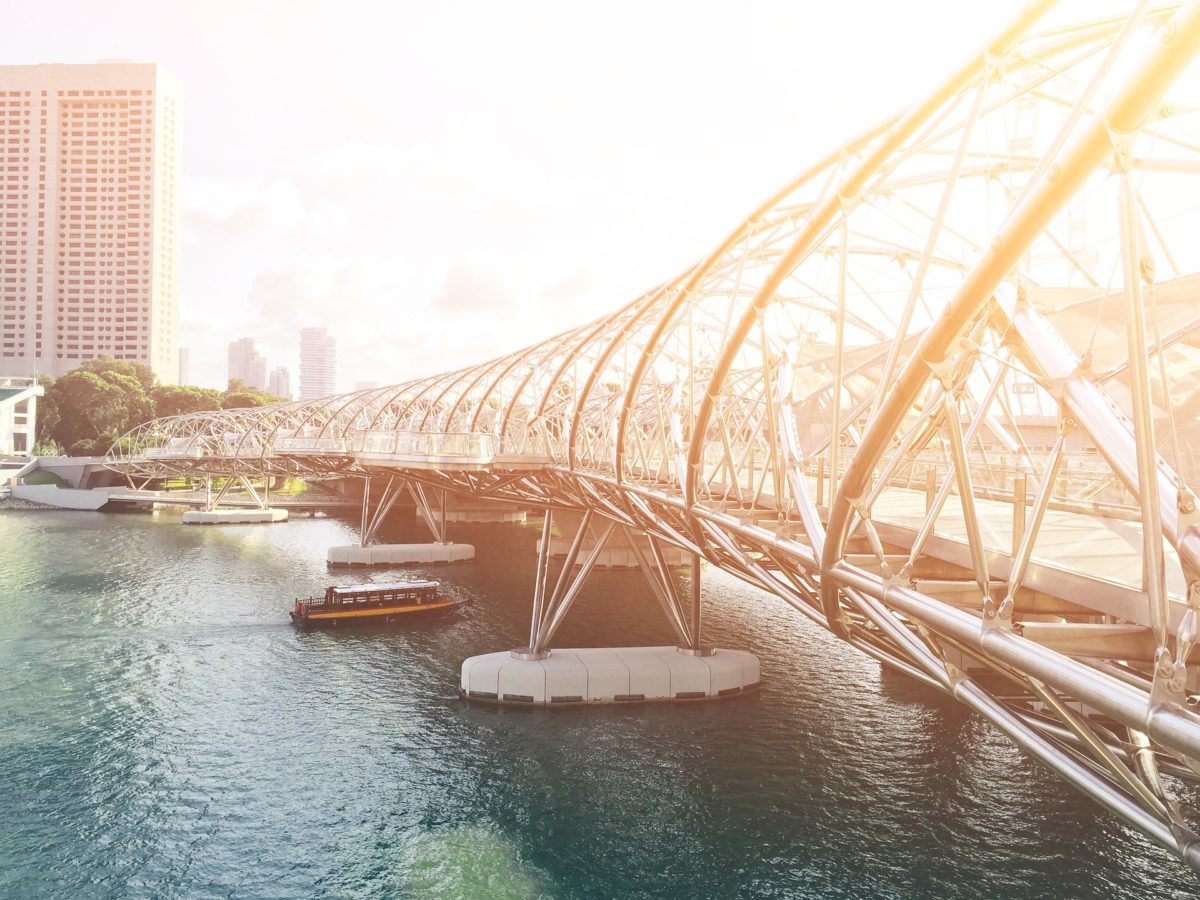When the 260m Albiano Bridge in Northern Italy collapsed in early April, the scene was dramatic. Fortunately, travel restrictions were in place due to the Coronavirus pandemic, so only two vehicles were crossing the bridge at the time. Two people were injured, yet the impact could have been far worse on this usually busy road, civil engineering consulting was used to fix this bridge.
Bridges are an essential part of the road, rail and water infrastructure in every country. They span river crossings, as well as stretching across wide valleys. To retain their integrity, every bridge should undergo regular structural inspections by civil engineering consultants. With regular inspection and maintenance, the lifespan of the bridge can be maximised, whilst the risks are minimised.
RWA Consulting typically offers a range of civil engineering services as part of each structural engineering project. The exception is the structural inspections of bridges, which are offered as stand alone infrastructure projects. This work can involve a detailed examination of long-standing historic bridges through to modern steel suspension bridges.
Types of Bridge Inspections
There are different levels of structural inspection that are carried out by civil engineers.
General inspections are the most regular, consisting of visual analysis; can our trained eyes notice any signs of wear, damage or movement?
Principle Inspections delve deeper. These involve close inspection of all inspectable parts of both the bridge structure and the adjacent earthworks.
Special Inspections focus on a particular element of the bridge structure. This typically follows the identification during a routine inspection, where further material strength, corrosion measurement and defect testing is required. This type of inspection may also follow an incident, such as impact from a vehicle or vessel.
Any structural inspection of bridges can result in the civil engineer recommending the repair or replacement of bearings, joints, waterproof membranes, parapets or road surfacing. As qualified structural engineers, RWA Consulting is experienced in the project management of remedial works. Our involvement from start to finish supports the efficient maintenance of vital infrastructure.
You may also be interested in
- Civil Engineers Providing Soft and Hard Engineering Solutions for Developers
- Five Advantages of Steel Structure Design
- Cracks in the Wall – Do I need a Structural Survey?
Weight Bearing Bridges
RWA Consulting has been working on the maintenance of several historic bridges in Oxford. An example is the splendid Magdalen Bridge, which was originally constructed between 1772 and 1790.
Magdalen Bridge is part of one of Oxford’s many traditions. On 1st May, it was customary for crowds to gather on the bridge to hear choristers sing from the tower of neighbouring Magdalen College. Unfortunately, this tradition was stopped when students sustained injuries jumping from the bridge into the shallow River Cherwell as part of the celebrations.
When most of Oxford’s bridges were designed and built, they were sufficiently robust to carry pedestrians, as well as horse and carts. Although traffic restrictions are in place across Oxford City Centre, these historic structures have had to provide safe passage for millions of cars, buses and lorries. They have stood the test of time and the demands of modern life, but only with regular inspection and remedial works.
The design of Magdalen Bridge was first adjusted in 1882 when it was widened for the introduction of trams. Our civil and structural engineering work plays a part in ensuring that Magdalen and other Oxford Bridges can avoid the fate of the Albiano Bridge.
If your organisation has responsibility for the structural maintenance of bridges in London and the South East, RWA Consulting can help you to fulfil your obligations. As an established company, we have secured long-term inspection contracts to ensure bridge safety. Please contact us on 01296 624924 for further information on our engineering design services.
Civil Engineering Consulting – Five Fantastic Bridges in the UK
When you think of impressive bridges, you might think of the Golden Gate Bridge spanning the waters of San Francisco Bay. You may consider Norman Foster’s impressive Viaduc de Millau which stretches over the Tarn Valley in France or the iconic design engineering of the Sydney Harbour Bridge. We are, however, not without an impressive selection of bridges in the UK.
Let’s start with Brunel’s Clifton Suspension Bridge in Bristol. Crossing the Avon Gorge, this Grade I Listed bridge is an impressive feat of civil engineering.
The Forth Bridge, located west of Edinburgh, is also recognised as an exemplar example of engineering skills. The UK’s first all-steel red bridge is recognised with UNESCO heritage status.
London’s Tower Bridge is a longstanding construction in the city skyline. It is the largest ‘bascule’ bridge – the term used when sections can be raised and lowered with counterweights. This feature allows large vessels to travel along the Thames.
A modern method of raising a structure to enable vessels to pass through is demonstrated daily at Gateshead Millennium Bridge. One of several routes across the Tyne, this pedestrian bridge is secured to the river bed with 30-meter concrete pillars.
For something quite different, Carrick-a-Rede is a recently restored 20m rope bridge in Northern Ireland. Rather than employing an experienced design team, this bridge was built by fishermen over 250 years ago. It enabled these brave individuals to access salmon in the Atlantic and is not for those with a fear of heights!
The civil and structural engineering consultants at RWA Consulting admire bridges of all shapes, sizes and design. In all their forms, they have enabled us all to travel across natural barriers for centuries.

